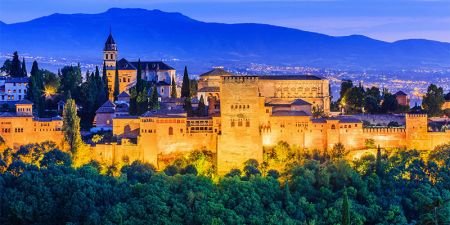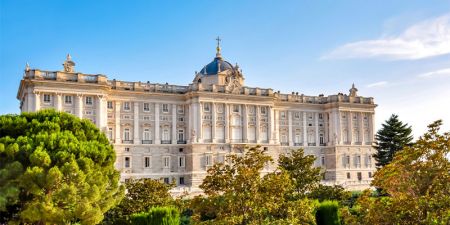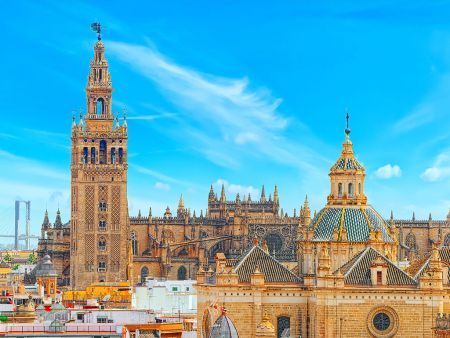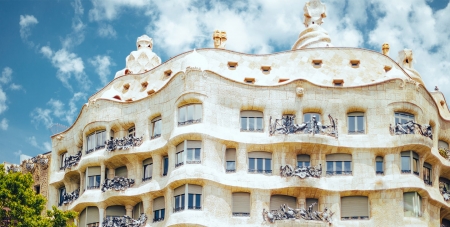Seville Cathedral
Discover the awe-inspiring Seville Cathedral, also known as the Cathedral of Saint Mary of the See. Immerse yourself in the grandeur of this Roman Catholic masterpiece, one of the largest Gothic churches in the world. Marvel at its intricate architecture and explore its rich history.
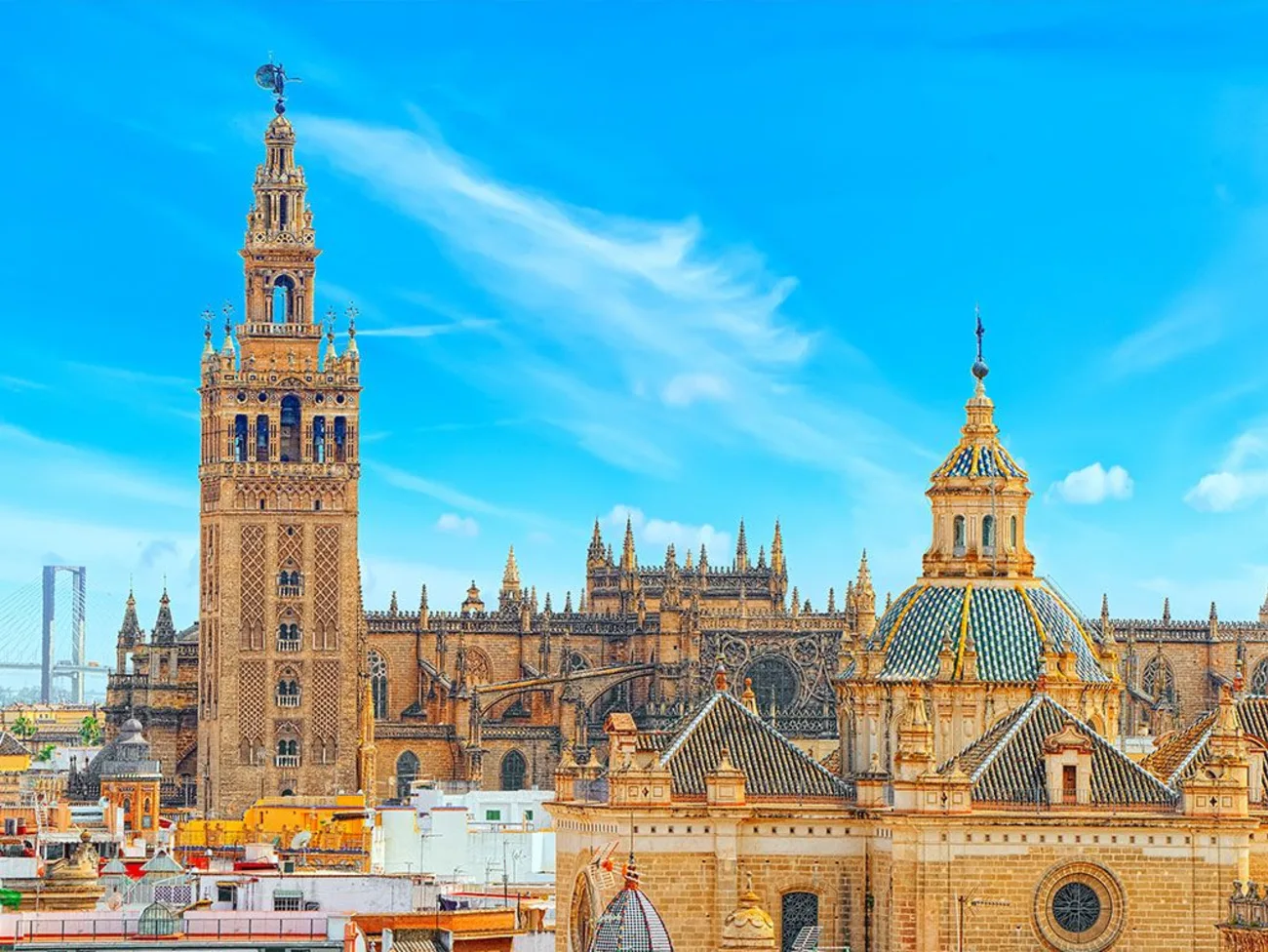
Standing tall in the heart of Seville, Spain, the Seville Cathedral is a symbol of grandeur and magnificence. This monumental tower, also known as the Cathedral of Saint Mary of the See, is more than just a place of worship. It represents a melange of history, architecture, culture, and spirituality that attracts millions of visitors from all over the world each year. It's not just about the physical structure; the Seville cathedral encapsulates emotions, stories, and a sense of belonging that is hard to articulate.
The cathedral stands as a testament to Spain's rich cultural and religious history. It's a place where one can find tranquility and peace amidst the hustle and bustle of the city. As you step into the cathedral, you are welcomed by an awe and reverence that takes you back in time. The sublime ambiance, the intricate carvings, and the ethereal atmosphere make the Seville Cathedral a must-visit destination.
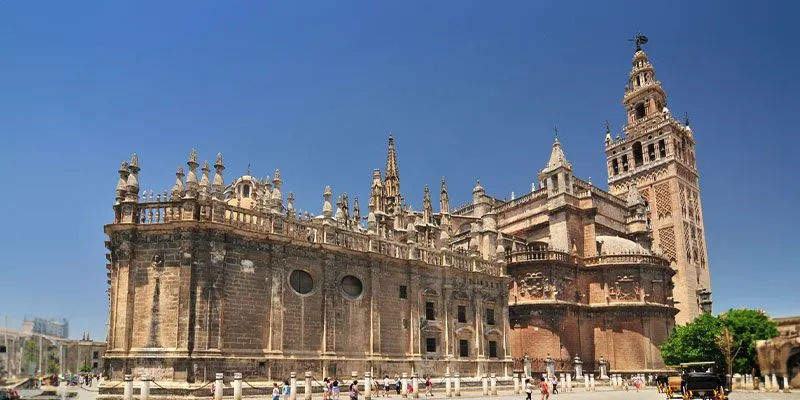
History of Seville Cathedral
The Seville Cathedral has a rich and complex history that dates back to the 12th century. Originally, the site was home to a grand mosque built by the Almohad Caliphate. However, following the Reconquista in 1248, when Ferdinand III of Castile conquered Seville, the mosque was converted into a Christian cathedral.
Despite the conversion, the original minaret of the mosque, known as Giralda, was preserved and is a key feature of the cathedral today. In the early 15th century, the cathedral underwent a significant transformation. The local clergy decided to construct a new cathedral that would surpass all others in size and grandeur. The result is the magnificent structure that stands today — the largest Gothic cathedral in the world and the third-largest church in the world.
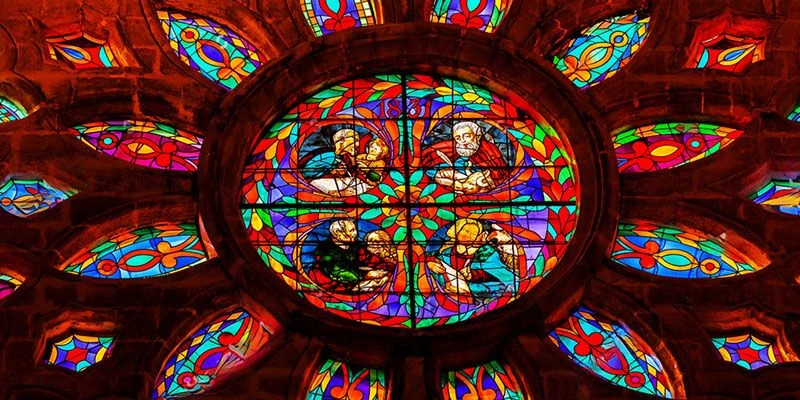
The architectural significance of Seville Cathedral
The Seville Cathedral is a masterpiece of Gothic architecture. However, it also showcases elements of the Moorish and Renaissance styles, reflecting the diverse cultural influences that have shaped Spain over the centuries. The cathedral's architectural grandeur is evident in its size, intricate carvings, and the impressive Giralda tower.
The cathedral's layout follows a traditional Gothic design with a long central nave, side aisles, and a multitude of chapels. The intricate stone carvings, the soaring vaulted ceilings, and the stunning stained glass windows all contribute to the cathedral's architectural magnificence. The Giralda Tower, originally a minaret, stands as a testament to the cathedral's rich history and architectural evolution.
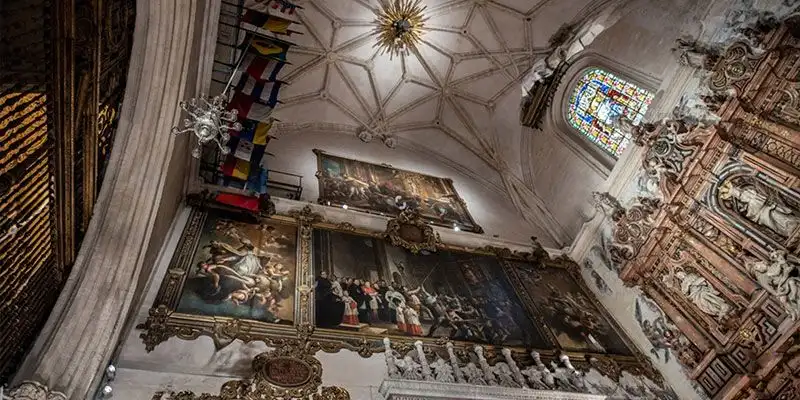
Customize Your Dream Vacation!
Get in touch with our local experts for an unforgettable journey.
Plan Your TripUnique features of Seville Cathedral
The Seville Cathedral is home to numerous unique and fascinating features. Perhaps the most notable is the Giralda Tower, a beautiful amalgamation of Islamic and Christian architectural styles. Climbing the tower via its 34 gently inclined ramps provides a captivating view of Seville.
Inside the cathedral, one of the most striking features is the main altarpiece, known as the Retablo Mayor. This masterpiece, crafted from carved and gilded wood, depicts scenes from the life of Christ and is considered one of the finest examples of Gothic woodcarving in the world.
The cathedral also houses the tomb of Christopher Columbus, a significant historical figure. The tomb is held aloft by four statues representing the four kingdoms of Spain during Columbus's life—Castile, Leon, Aragon, and Navarre.
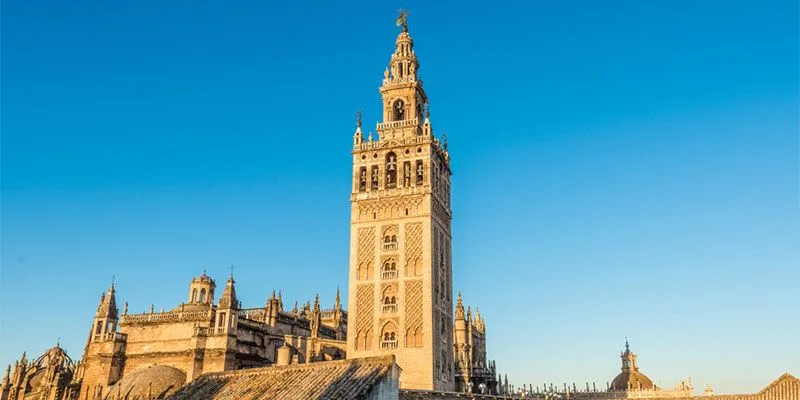
The cultural significance of Seville Cathedral in Spain
The Seville Cathedral plays a central role in Spain's cultural landscape. It's not just a religious structure but a symbol of the nation's rich heritage and traditions. The cathedral's architecture, art, and history have made it a UNESCO World Heritage Site, a testament to its cultural significance.
The cathedral is also a focal point for Seville's famous Holy Week celebrations, a key event in the Spanish religious calendar. During this time, the cathedral became a hub of activity, with processions, masses, and other ceremonies, attracting both locals and tourists alike.
The role of Seville Cathedral in Spanish history
The Seville Cathedral holds a pivotal role in Spanish history. It stands as a symbol of the Reconquista, the period of Spanish history when the Christians retook control from the Moors. The cathedral's construction was, in part, a statement of Christian triumph and dominance.
The cathedral also played a significant role in the Age of Exploration. It was from Seville that many explorers, including Christopher Columbus, set sail to discover new lands. The cathedral's archives hold many important documents from this period, providing valuable insights into this pivotal time in history.
Visiting the Seville Cathedral: What to Expect
Visiting the Seville Cathedral is an experience like no other. Expect to be awestruck by its sheer size, intricate details, and serene atmosphere. Begin your visit by exploring the cathedral's expansive interior, taking time to appreciate the stunning main altarpiece, the choir, and the numerous chapels.
Don't miss the opportunity to climb the Giralda Tower. The climb is manageable, even for those not fond of heights, and the panoramic view of Seville from the top is truly breathtaking. Also, be sure to visit the cathedral's treasury, home to a remarkable collection of religious artifacts, and the tomb of Christopher Columbus.
The cathedral is not just a monument, but a living entity that continues to play a vital role in the life of Seville and Spain. Join our Spain tour to visit the Seville cathedral and experience its grandeur firsthand. Don't miss out on this unforgettable experience!
People Also Ask:
- Who is buried in the Cathedral in Seville Spain? Many are buried in the Cathedral of Seville including Christopher Columbus, along with his son Ferdinand Columbus, Fernando III of Castile, Maria Diaz de Padilla, Alfonso X of Castile, Pedro I of Castile, and more.
- Why is the Seville Cathedral Famous? Other than being a UNESCO World Heritage Site, The Cathedral is the largest Gothic cathedral and the fourth largest church in the world, it also reflects the history and the changes in political power in Seville, Spain.
- Did the Seville Cathedral used to be a mosque? Originally, the site was home to a grand mosque built by the Almohad Caliphate. However, following the Reconquista in 1248, when Ferdinand III of Castile conquered Seville, the mosque was converted into a Christian cathedral.
- Why is La Giralda famous? The Giralda Tower, originally a minaret for the mosque and years later converted into the cathedral's bell tower, the Giralda is the most emblematic monument in the city and one of the most visited.


